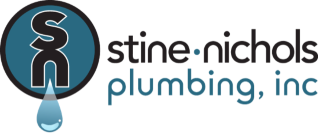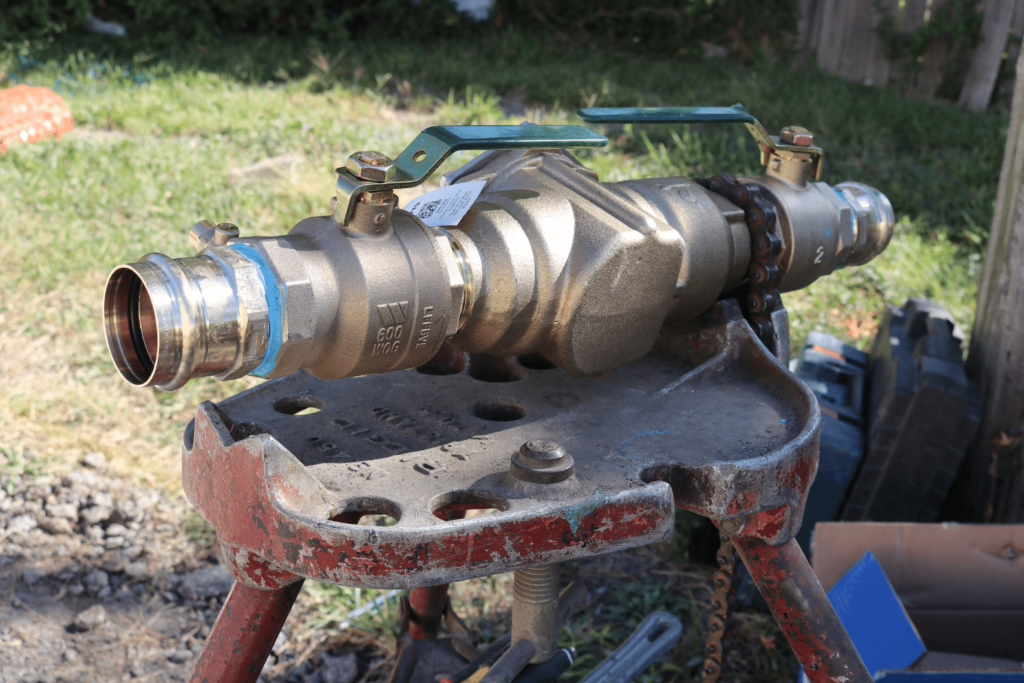When you get down to some of the plumbing lingo, it’s safe to say there are plenty of terms that everyone knows, as well as a handful that aren’t as well-known. As is generally the case with our plumbing blog, we always like to educate our customers on the various aspects of plumbing. Do you need to be a master plumber, and know the in’s and out’s of every single plumbing component? Not necessarily and chances are that’s not too intriguing to you either! However, the more plumbing elements that you’re familiar with, the greater your odds are of knowing when something isn’t right and in turn, getting it fixed before it becomes an even bigger problem.
On this week’s blog, we’ll be discussing an element that doesn’t really get tossed around as frequently in conversations and that is a BACKFLOW PREVENTER. It can be used in a few different scenarios and is certainly an important plumbing piece. Throughout the blog, we’ll talk about what exactly “backflow” is and how this device can help ensure you’re protected against it. Before diving into that though, we would like to welcome any new visitors that may be visiting our blog for the first time. Stine-Nichols Plumbing is a one-stop plumbing shop located in North Kansas City. Our team of experienced professionals offers residential, commercial and new construction plumbing services to the entire Kansas City area, as well as many of the surrounding cities. If you live around KC and are needing some plumbing help, don’t hesitate to give us a call at (816) 348-3481.
What is Backflow?
Before you can understand the purpose of a “backflow preventer,” it’s important to have an idea of what exactly “backflow” is in the first place. Whether it be a residential home or commercial business, all buildings have water supply lines. These are responsible for bringing fresh, clean water in for you to use. As you can likely imagine, these lines are designed to be a one-way street. In other words, this clean water should only be flowing into your house, not back to the city. Unfortunately, when something goes wrong with this one-way system, homeowners run the risk of having contaminated drinking water, which is never a good situation. And just as the name suggests, this is what we call “backflow.”
For an added definition of backflow, we checked out how the American Backflow Prevention Association described it. As stated on their website, they referred to backflow as “the undesirable reversal of flow of fluids, chemicals, or any other foreign material into the public drinking water system.”
The Solution? Backflow Preventers
With that brief introduction, I’m going to assume that you don’t want to have you or your family subjected to contaminated drinking water in your own home. Luckily, the solution is fairly straightforward: a backflow preventer! A backflow preventer can be defined as a device installed on your pipes responsible for preventing any water from flowing in an opposite direction. Most commercial plumbing systems are required to have them, as well as on irrigation systems. State plumbing codes often require them for commercial buildings, as well as regular testing, to ensure any non-potable water isn’t cross-connecting with the clean water supply.
What is Backflow Testing?
In the commercial plumbing world, it’s not uncommon to hear the phrase “backflow testing” tossed around from time-to-time. For areas in which it’s required to have a certified backflow prevention device, you may have to hire a plumber to complete the proper certification, which may include filing the required forms with the water department. As has been the case with many parts of this blog, backflow testing is also fairly easy to understand. Simply put, the test and recertification is designed to make sure everything is working properly. Opening and closing the valves, monitoring to see if there are any leaks, anything that could spell future backflow troubles.
Are you currently looking for certified backflow testing or interested in having a backflow prevention device installed? Our team of licensed plumbing professionals would be happy to help out! Fill out the form HERE and a member of our team will be in touch with more information.
What Causes Backflow?
Now that you know backflow isn’t something you want to mess around with, you might be wondering what exactly even causes backflow? Generally speaking, there are two primary types of backflow: (1) back pressure and (2) back siphonage. The first, back pressure, is a result of the pressure in the system being higher than that of the supply, thus pushing non-potable water into the freshwater. On the other hand, back siphonage occurs when the pressure of the supply drops, thus causing contaminated water to be sucked backwards into the freshwater. This could be the result of a water main break or even firefighting efforts.
Backflow Services in Kansas City!
When we say that we’re a one-stop shop for all of your plumbing needs, we mean it! No matter if that be on the residential or commercial side of things, we understand plumbing problems are never fun for homeowners or business owners to deal with. As such, our motto has always revolved around timely and reliable plumbing solutions. We hope you learned a thing or too in this blog about backflow prevention devices. Many areas require backflow prevention devices, as well as routine inspections, so it’s certainly something you’ll need to consider.
We mentioned this earlier in the blog post, but our team at Stine-Nichols Plumbing currently services the entire Kansas City area, as well as just about all of the surrounding cities. Liberty, Parkville, Overland Park, Olathe, Lee’s Summit, Blue Springs, you name it! To get started, we simply ask that you fill out the free quote form on our website or give us a call at (816) 348-3481. A member of our team will follow up to discuss your plumbing needs and determine how we can be of service. We look forward to working with you!


